To enhance their online visibility and expand their audience, all website owners aim to boost their website traffic. It can be difficult to get higher website ranks, nevertheless. Website optimization is one method of accomplishing this aim. Search engine rankings, user experience, and website speed can all be enhanced by optimizing your website traffic. This article will discuss how to improve your website’s traffic rankings through optimization strategies and the tactics you should use to achieve it.
Section 1: Understanding Website Optimization
Enhancing your website traffic usability, performance, and functionality is known as website optimization. SEO, user experience, and website performance are just a few of its components. A method for increasing your website’s exposure in search engine results pages is called SEO, or search engine optimization (SERPs). Maintaining visitors on your website traffic requires a strong user experience (UX), and a fast website is necessary to deliver a seamless UX.
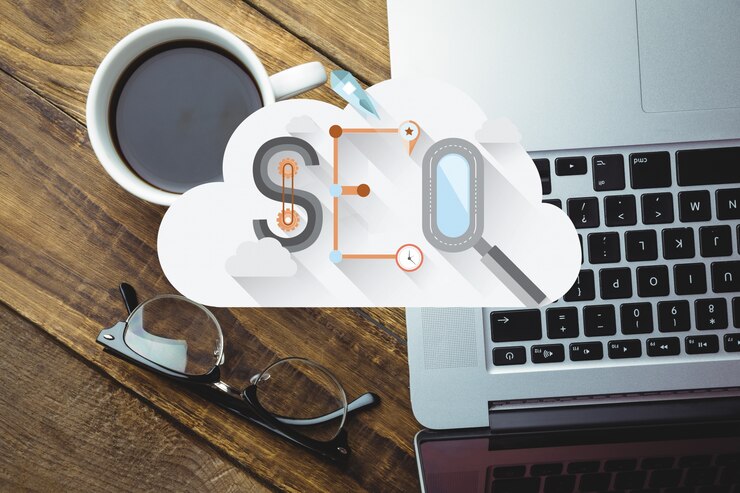
1.1 Search Engine Optimization (SEO)
SEO is an optimization approach that helps you rank higher on search engine result pages (SERPs) by improving the content, meta tags, and other technical aspects of your website traffic. Search engine optimization is important because it can raise your website’s position in search engine results pages (SERPs), which increases organic traffic.
1.2 User Experience (UX)
The entire experience visitors enjoy when interacting with your website is known as the user experience, or UX. Maintaining and growing user engagement on your website requires a positive user experience. Reduced bounce rates, more time spent on your website, and improved conversion rates can all be attributed to a positive user experience.
1.3 Website Speed
The time it takes for a website to load completely is known as its speed. Better search engine rankings and a satisfying user experience depend on a website that loads more quickly. Search engine result pages (SERPs) favor websites with faster load times over those with slower loads.
Section 2: Optimization Techniques to Increase Website Traffic Ranking
The website traffic ranks of your website can be raised with the aid of several SEO strategies. Building backlinks from other websites is an example of off-page optimization, whereas on-page optimization involves improving the content and meta tags on your website. The use of responsive design, smartphone optimization, and website speed optimization are other strategies that can help raise website traffic ranks.
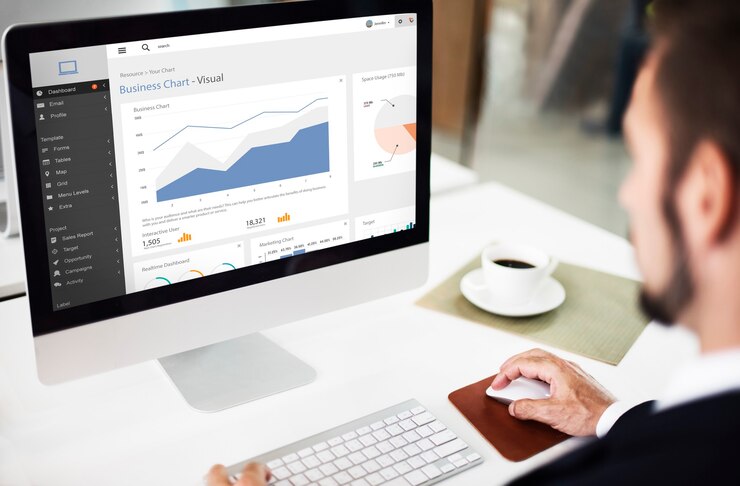
2.1 On-Page Optimization Techniques
Using on-page SEO strategies, you can raise your website’s search engine ranks by making content and technological improvements. These methods include meta tag optimization, picture optimization, and keyword research and optimization.
2.2 Off-Page Optimization Techniques
Link building from other websites to your website is a component of off-page optimization tactics. Websites having a greater number of high-quality backlinks typically rank higher in search engine result pages (SERPs), as backlinks play a major role in Google rankings.
2.3 Website Speed Optimization
Increasing website load times through technical element, image, and code optimization is known as website speed optimization. Reduced code, content delivery networks (CDNs), and picture compression are a few methods for increasing website speed.
Section 3: Common Mistakes to Avoid in Website Optimization
Although optimizing a website can be helpful, certain errors can have a negative effect on website traffic. For example, cramming or utilizing irrelevant keywords might lead to search engine penalties, which can lower your website traffic. Similar to this, employing invasive or pop-up advertisements can detract from the user experience and increase bounce rates and website traffic ranks.
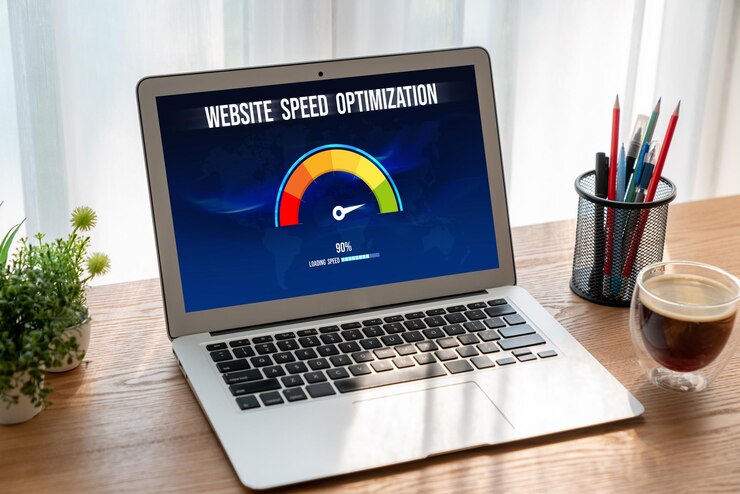
3.1 Keyword Stuffing
The practice of overusing keywords in meta tags and content with the aim of ranking better in search engine result pages (SERPs) is known as “keyword stuffing.” This tactic may result in fines from search engines and lower website traffic.
3.2 Pop-ups and Intrusive Ads
The user experience can be badly impacted by pop-ups and invasive adverts, which can result in lower website traffic ranks and increased bounce rates. Because excessive advertising detracts from the user experience, you must make sure that you don’t let them on your website.
Section 4: Measuring the Success of Optimization Approaches
Determining the efficiency of optimization measures necessitates measuring their success. Metrics like bounce rate, conversion rate, and page load speed can be monitored using a variety of technologies, including Google Analytics. These indicators can assist you in assessing the effectiveness of your optimization strategies and identifying areas for improvement.
Conclusion:
Optimization techniques can raise the your website traffic by enhancing the UX, SEO, and speed of the site. You may improve search engine results, increase website traffic, and boost user engagement by avoiding common mistakes and tracking the effectiveness of optimization tactics. Although putting these optimization strategies into practice can take some time, the outcomes may be worthwhile. You can observe gains in your website’s internet visibility and website traffic rankings with persistence and hard work.
SEO professionals do a good job of implementing these optimization techniques. Hire a seasoned SEO service provider if you want to boost your website traffic and engagement on your company website. In my opinion, the top SEO company in New York and the surrounding areas. Backlink building, content production, digital marketing, crawl errors, page optimization, and sitemap accessibility are among the things they teach.
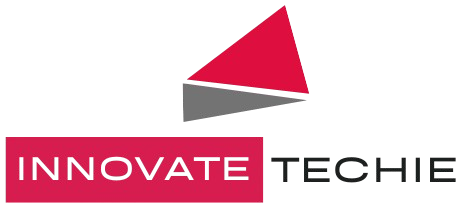
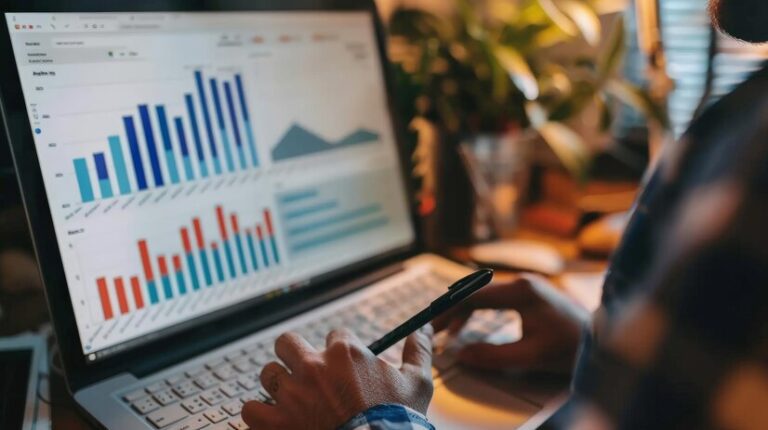
4 Comments
Thinker Pedia This was beautiful Admin. Thank you for your reflections.
Blue Techker I just like the helpful information you provide in your articles